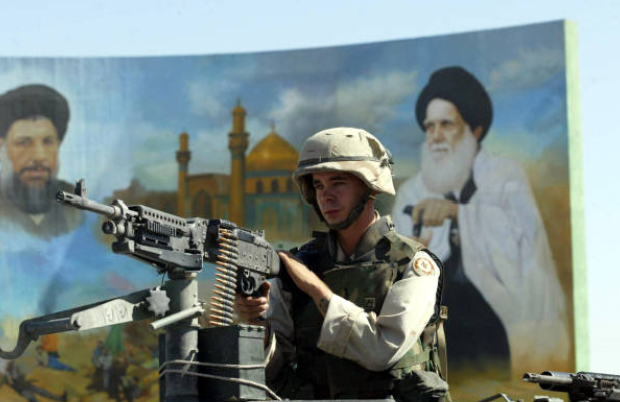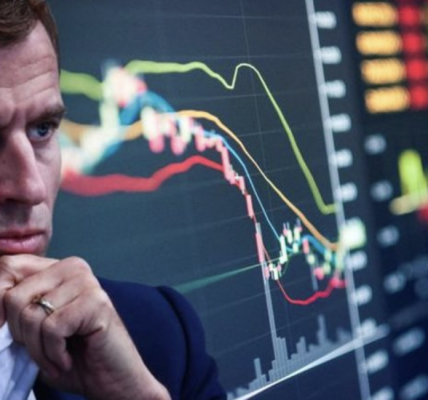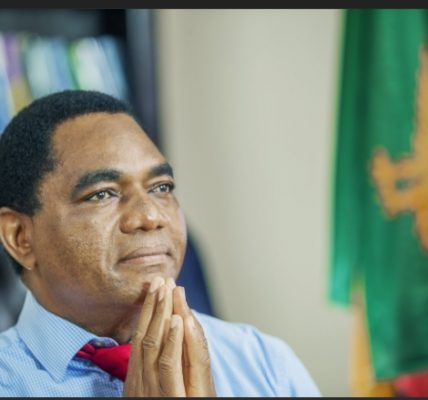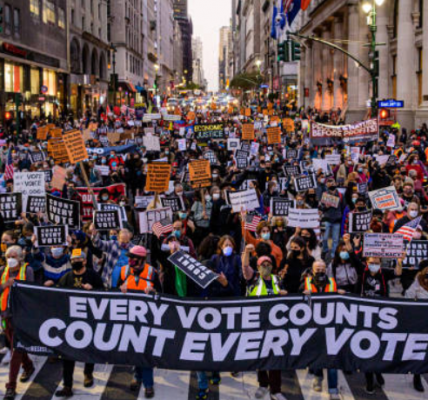Having been placed under intense sanctions by the United States of America since November 1979, the Iranian population have experienced nothing but economic hardship. In normal circumstances, the Iranian population would have the social net of their government to fall back on, but the Islamic Republic’s unwavering support for Gaza and Hamas (and by extension Hezbollah and the Houthis) has resulted in the accentuation of already dire economic circumstances.
In a period where inflation, high cost of living, and political instability has ravaged the Iranian economy, the Islamic Republic’s continued financial support of its proxies has prompted many to question the sustainability of such policies, criticising the Ayatollahs of neglecting their own population, instead opting to invest in spreading their political sphere of influence.
The Times exclusively reported that Iran’s financial support for Hamas has totalled USD $222 million between 2014 and 2020, which includes military aid, funding for infrastructure, and social services. The allocation of such resources to a foreign entity, which fundamentally do not resonate with the Iranian people, is the current source of widespread discontent across the country – viewed as a ‘drain’ on national resources by some, which would be better spent on addressing domestic issues. According to the World Bank, close to 10 million Iranians have fallen into poverty over the past decade, and the percentage of Iranians living below the International Poverty Line for upper-middle-income countries (USD $6.85 per day adjusted for 2017 PPP terms) has increased by 8.1 percentage points (20% – 28.1%).
While the humanitarian crisis that has arisen in light of the Israel-Hamas war desperately requires international attention, Supreme Leader Ayatollah Khamenei must evaluate the financial impact of his country’s foreign policies, and whether the wellbeing of his own people require more attention than previously thought.
The impact of US sanctions has severely hindered Iran’s ability to maximise national revenues, particularly through the restriction of oil exports, which, pre-1979, were the backbone of the Iranian economy. Additionally, Iran’s isolation from the global financial system, including SWIFT, make it difficult for the country to access foreign currency and engage in international trade.
By sacrificing economic pragmatism in favour of ideological commitments, the Ayatollahs have committed economic suicide through their continued support of their many proxies, inviting additional sanctions to be placed on the country, and making it increasingly difficult for domestic industries to attract foreign direct investment, leading to a sizably negative impact on job creation and economic growth.
The Iranian people have made multiple attempts to voice their discontent with the economic consequences of the Islamic Republic’s foreign policy. In recent times, anti-regime protests have erupted across the country, with frustration over inflation, poverty, and inadequate healthcare being one of the reasons for said public outrage[1]. A common slogan among Iranians is: “Not Gaza, not Lebanon, I will only sacrifice my life for Iran”, reflecting growing discontent with the government’s continued foreign policy priorities. This discontent poses a challenge to the regime – balancing ideological commitments with addressing domestic economic concerns. The regime must consider making a change before they risk further alienating their own people.
From the regime’s perspective, Gaza is seen as a strategic investment in its broader goal of exerting influence in the Middle East, challenging Saudi Arabia and countering Israeli and Western ideology. By supporting any anti-Zionist entity it can, Iran positions itself as a leader of the “resistance” against Israel and strengthens its alliances with other regional actors who share similar goals, such as Hezbollah and the Assad regime in Syria.
When looking at the long-term implications of Iran’s foreign policy, it is difficult to pinpoint exactly how the Iranian economy will evolve, given the lack of tender love and affection it so desperately requires. It is highly likely that inflation, a devalued currency, unemployment, and a decline in the standard of living will continue to pick away at ordinary Iranians. Despite this, one thing is for certain: The strong will of the Iranian population will continue to live on, whatever the economic condition.
Ultimately, the future of Iran’s economy depends on the willingness of the Ayatollah Regime to balance it’s foreign and domestic objectives, and the ability of Masoud Pezeshkian, Iran’s new president, to convince his comrades, as well as his superior, Supreme Leader Khamenei, that Iranians should be at the top of Ayatollah’s priority.
[1] These protests were also fuelled by public outrage at the killing of Mahsa Amini in September 2022 due to improper headscarf (hijab).






